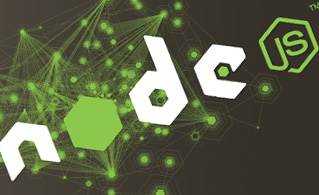Hepsia Advanced Features
The Advanced tab provides you with swift access to an array of advanced features, among them the Memcached distributed memory caching system and the Varnish Cache web application accelerator, which will help you optimize your sites and applications without needing to log out of the hosting Control Panel. Depending on the hosting package, these tools are either added by default or are available in the form of easily gettable upgrades. InnoDB and NodeJS support is offered as well.

Varnish
Varnish Cache is a web accelerator also famous as an HTTP accelerator. You can install it in front of any server that speaks the HTTP protocol and configure it to cache the content. Varnish Cache is really, really fast and will speed up your website. One of the main features of Varnish Cache is the flexibility of its configuration language, VCL, which permits you to determine how incoming requests should be dealt with.

Memcached
Memcached is a general-purpose distributed memory caching system for boosting the speed of dynamic database-driven websites. It is used to decrease the number of times an external data source (such as a DB or API) is read by caching data and objects in RAM. The Memcached memory object caching system uses a two-tier architecture. The Memcached memory object caching system is used by some of the most traffic-hungry sites on the Internet and is supported by popular web applications like Joomla and WordPress.

Node.js
Node.js is a software system for writing scalable network applications. Written in JavaScript, Node.js uses an event-driven, asynchronous I/O model that makes it lightweight and effective, perfect for high-performance data-heavy apps. Node.js uses Google's V8 JavaScript engine, libUV, and a number of built-in libraries.
InnoDB
InnoDB is the default storage engine for the MySQL open-source database management system. A database engine is the primary software component that a database management system uses to create, read, update and delete data from a database. Its latest edition offers considerable improvements in efficiency, security and usability. InnoDB offers the standard ACID transaction features, along with declarative referential integrity support. It is included by default in most binaries distributed by MySQL AB.

